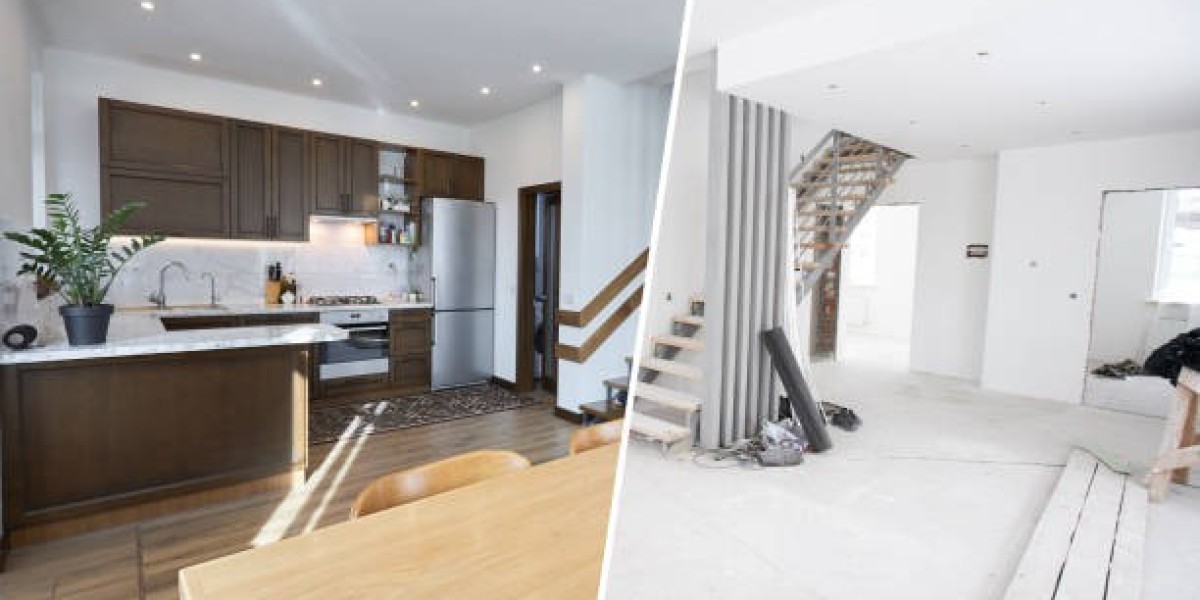In today’s fast-evolving world, where climate change and environmental degradation have become pressing issues, sustainability has become more than just a buzzword—it’s a necessity. At the forefront of this movement in interior spaces is LLA Designer, a company dedicated to blending aesthetics with sustainability. With innovative approaches to materials, energy use, and spatial planning, sustainable interior architecture is no longer a luxury but a responsible design choice.
What is Sustainable Interior Architecture?
Sustainable interior architecture focuses on creating interior environments that are environmentally responsible, resource-efficient, and healthy for occupants throughout a building’s life cycle. This includes everything from material selection to lighting, heating, and even how a space supports its inhabitants’ well-being. The aim is to minimize negative environmental impact while maximizing functionality and comfort.
1. Smart Material Selection
One of the core principles of sustainable design is using eco-friendly materials. This involves choosing:
Recycled or reclaimed materials: Wood, metal, and glass that have been salvaged and repurposed reduce the need for virgin resources.
Rapidly renewable resources: Bamboo, cork, and other fast-growing materials are excellent alternatives to traditional hardwood.
Low-VOC finishes and adhesives: Volatile organic compounds can contribute to indoor air pollution. Opting for low-VOC paints, finishes, and glues enhances indoor air quality.
2. Energy-efficient Systems
Sustainable interiors should incorporate energy-efficient systems to reduce consumption:
LED lighting: Consumes significantly less power and lasts longer than traditional bulbs.
Smart HVAC systems: Programmable thermostats and zoning help reduce energy waste.
Natural ventilation and lighting: Strategically placed windows and skylights reduce dependence on artificial light and air conditioning.
3. Water Conservation Techniques
Integrating water-saving strategies is crucial in sustainable interior architecture:
Low-flow fixtures: Faucets, showerheads, and toilets that use less water without compromising performance.
Greywater systems: Reusing water from sinks and showers for flushing toilets or irrigation.
Indoor plants: Besides purifying air, certain plants can help maintain humidity levels, reducing the need for artificial systems.
4. Designing for Longevity
Durability and timelessness in design reduce the frequency of renovations and material replacements. Sustainable interiors favor:
Modular design: Spaces that can be easily reconfigured for different needs.
Timeless aesthetics: Instead of following short-lived trends, sustainable interiors embrace styles that age well.
High-quality craftsmanship: Durable construction minimizes future waste and resource use.
5. Waste Reduction and Recycling
From construction to day-to-day living, reducing waste is essential:
Recycling stations: Encourage sorting and recycling of household or office waste.
Built-in composting options: Especially useful in kitchens, these can help reduce organic waste.
Salvage and repurpose: Upcycling old furniture or fixtures instead of sending them to landfills.
6. Health and Wellness Integration
A truly sustainable interior also supports the physical and mental well-being of its occupants:
Biophilic design: Incorporating natural elements such as plants, natural light, and organic shapes to improve comfort and reduce stress.
Non-toxic materials: Avoiding materials with harmful chemicals promotes healthier indoor air quality.
Acoustic comfort: Sustainable materials like cork or felt help absorb sound and improve overall acoustic quality.
7. Certification and Standards
Consider aligning with recognized green building standards:
LEED (Leadership in Energy and Environmental Design)
WELL Building Standard
BREEAM (Building Research Establishment Environmental Assessment Method)
These certifications not only validate your sustainability efforts but also add value and credibility to the space.
Final Thoughts
Creating eco-friendly spaces through sustainable design practices in interior architecture is no longer optional—it’s a vital part of responsible design. Whether for a residential or commercial project, incorporating sustainable principles helps reduce environmental impact, save money in the long term, and promote health and well-being.
As the demand for Interior Design that supports sustainability continues to grow, companies like LLA Designer lead the way by proving that green can indeed be beautiful, functional, and inspiring.








